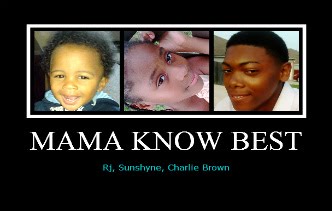Sometimes as parents, we don't necessarily think of math outside of equations and formulas. However, there are some important precursors to the more complicated math. These may be known as early stages of math, which include classifying, matching, and sorting. Are you shocked to know that classifying, matching, and sorting all have to do with math? It is true, they are the building blocks to a solid foundation for mathematical concepts. Lets talk about each one briefly.
Matching is the process of grouping two similiar objects together based on one or more characteristics. For example, your toddler or preschooler may have a red cup and a red hat and say that they match using the characteristic of color. This may be done using a variety of other characteristics such as shapes, size, sound, or texture.
Sorting is similiar to matching except your preschooler will group together more than two objects by using similiar characteristics. This is great for laundry activities and other chores around the house. Most preschoolers seem to sort naturally and they love it!
Classifying is somewhat a more advanced form of sorting. Your child may be close to 5 years old before they actually master this skill. Classifying involves a preschooler being able to group objects into categories without actually seeing the characteristics up close and personal. For example, four legged animals, water creatures, insects, etc.
Now that we have a rough definition of the matching, sorting, and classifying lets talk activity!
Build-A-Collection
Collecting fun and interesting things is a wonderful activity for preschoolers. They will love being able to search and collect items for there new treasure box!
1. Seasonal items from nature like seashells, rocks, and leaves.
2. Small toys, like animal figures, insects, and cars.
3. Food items, like interesting pasta shapes, beans, and nuts.
4. Household items, like bottle tops, straws, and magnets.
5. Classroom supplies, like stickers, pencils, and game pons.
6. Misc. items, like thread spools, buttons, and beads.
Treasure Box Matching Activity
What you will need:
1. An old shoe box with a lid
2. Wraping paper or tissue paper
3. Stickers, markers, and other decorative items
4. Ziploc bag
5. Collected matching items (two item with the same characteristic)
6. Scissors
7. Tape
Create Your Treasure Box
Wrap the shoe box and lid with wrapping paper or tissue paper as your would a gift. Cut a hole into the lid large enough for your preschooler to put her hand through. Next, Let your preschooler decorate the treasure box anyway she likes. Now you are ready to put the collected items into the treasure box.
How To Play
Place one of each matching item into the treasure box. Next, spread the remaining matching items out on the floor or table. Have your preschooler close his eyes and put his hand into the treasure box and pick up one item. While his eyes are closed ask him to describe the item he has in his hand. This is a great opportunity for him to use some descriptive words. Next, ask him to pull out the object and match it with another object that has the same characteristic located on the floor or table.
I think your preschooler will enjoy this learning activity. One of the best things about teaching preschoolers is that learning happens through play. So I encourage you to continue to play with your preschooler in a purposeful way and visit again for more math activities!
